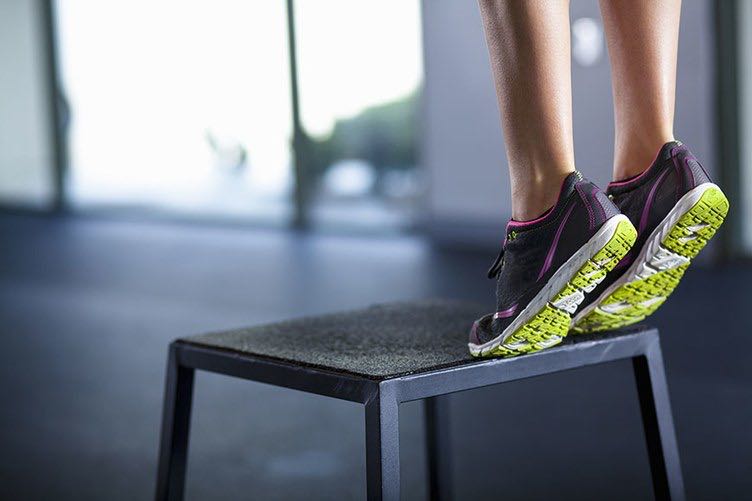

Over the years researchers have spent a lot of time trying to figure this out. A major problem with this question is that the ‘best’ shoe is a subjective title. Ultimately, it comes down to your individual foot type and objectives. However, there are key things that you might like to keep in mind. There are four primary paradigms that have been applied to choosing the right shoe, each of which we can learn from. These are:
So, how do you pick the ‘best’ shoe…
Firstly, I would say that finding the right shoe is much easier when you go to a store that has a good understanding of the shoes they stock and is able to assess your individual needs. Beyond that, find a shoe that is comfortable, only you can tell this and you simply need to try them on. Within the scope of what is comfortable, look for something that is a little softer if you are a loud runner, or perhaps has some medial support (pronation control) if you have fatigue-related concerns. If you are looking for a shoe to run fast in, consider having multiple pairs, a performance option, as well as a more typical option.
I would argue, yes. The reason for this is variation. Running-related injuries are (in most cases) caused due to the repetitive loading that comes from doing the same thing (running) for so many kilometres. Mixing things up is an excellent way to help minimise your risk of injury. Alternating your training runs, your surfaces (road, trail, etc) AND your footwear, are all good ideas.
Keep an open mind when you go to the shoe store. Technology has moved a long way in the world of footwear, and it continues to shift rapidly. If you generally buy shoes online and just get a repeat of the same model every time, you may be missing some new and even better options that have been developed. Go into a technical shoe retailer next time you are in need of a pair and find out what the options are. You may be surprised.
As discussed above, the idea of a carbon-plated shoe is to make the forefoot stiff and maximise power at push-off whilst reducing the workload of your toes. We are all probably familiar with Nike’s offering in this space. Watching Eliud Kipchoge break 2 hours for the marathon was incredible and has really given this technology a boost.
These shoes are excellent if applied correctly. The thing that you need to watch out for is that not all carbon-plated shoes are created equally. Some are stiffer than others, this is good as it allows you a greater choice to get something that works for you. Basically, the stiffer the shoe, the faster you need to be running to get the benefit from it. Performance should not be reserved for the elite and there are plenty of options for stiff-plated shoes even if you’re not attempting to run world records. If you are more of a mid-pack runner and want to look into this, perhaps consider a shoe that is not quite as stiff as this will allow you to move through it with enough momentum and will maximise the performance effects that you get out.
The industry standard answer to this question is around 800-1,000km. To break this down, if you run 20km per week, this is a year. 40km per week is 6 months, and so on. If you run between multiple shoes this is a little more complicated to track. If you run with a GPS watch and use Garmin Connect, Strava, or anything similar, you will be able to record shoe mileage on there. This is a very useful tool as you can upload your shoe details and then when you complete a run, tag the appropriate shoe, and this will keep track of mileage.
For a more general way to tell if your shoes are worn out look at the following things:
So, what does this all mean? Shoes can make a big difference to our running (performance as well as the likelihood of injury), this can be positive or negative. The best shoe is going to be an individual choice, not necessarily the same as your mate who recently bought X shoe. Spend some time finding out what is best for you and what you are trying to achieve. Go to a shoe store that is able to help, and if you are having difficulty finding the right shoe or if injuries are persisting, consider seeing a Podiatrist.
If you have been suffering from injuries and want to speak to Aaron about your footwear then book in at Auckland Physiotherapy now. Call 093664480 or email [email protected].
Recent Comments